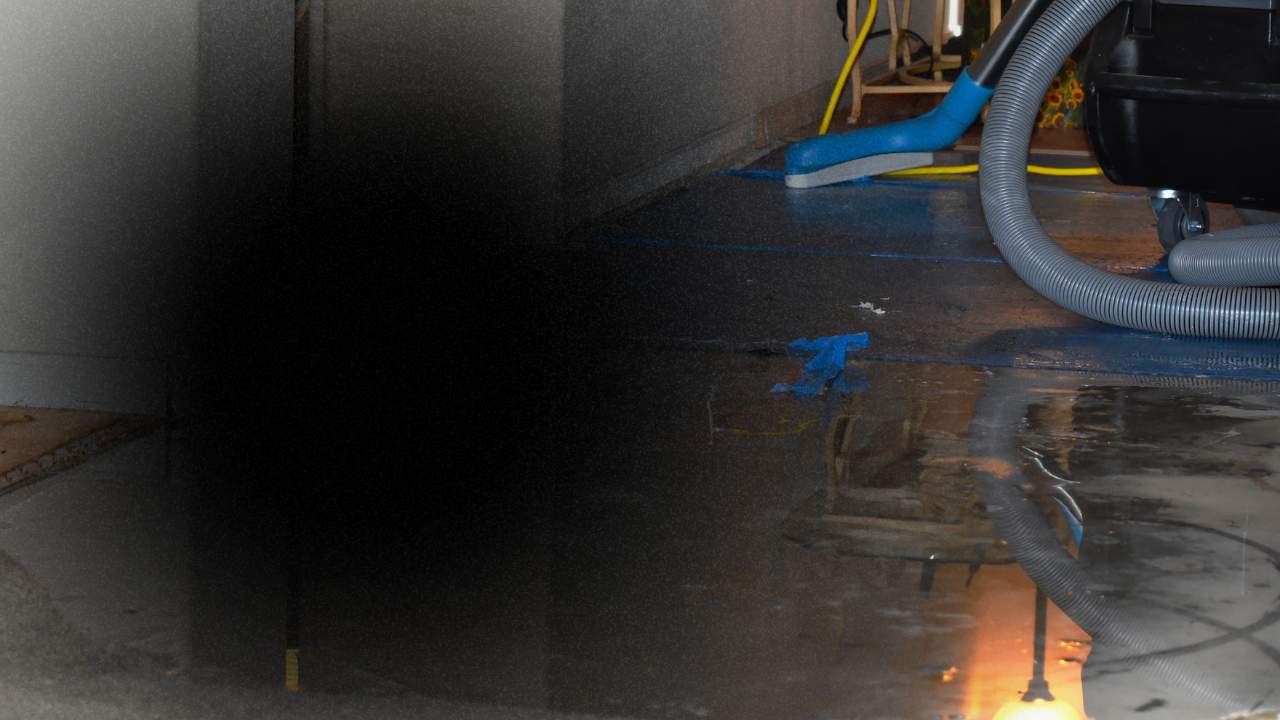Water damage can wreak havoc on your home or business, leading to costly repairs and potential health risks. Whether caused by a burst pipe, heavy rainfall, or a malfunctioning appliance, understanding the process of in water damage restoration is essential for any property owner. This comprehensive guide will walk you through the steps necessary to effectively manage and restore your space after experiencing water damage, ensuring you take the right actions to protect your investment.
In the unfortunate event of water damage, time is of the essence. The longer you wait to address the issue, the more extensive the damage can become. Not only can water damage compromise the structural integrity of your property, but it can also lead to mold and mildew growth, which poses serious health risks to you and your family. By familiarizing yourself with the process of in water damage restoration, you can take proactive steps to minimize damage and restore your property to its original condition. Let’s dive into the essential steps you need to take for effective water damage restoration.
0 best in water damage restoration
Understanding Water Damage
Before diving into the restoration process, it’s important to understand the types of water damage. Water damage is generally categorized into three categories: clean water, gray water, and black water. Clean water comes from a clean source such as a broken pipe or rainwater. Gray water, which can contain contaminants, comes from sources like washing machines or dishwashers. Black water, the most dangerous type, contains harmful bacteria and should always be handled with caution.
The Water Damage Restoration Process
The restoration process begins with a thorough assessment of the affected area. This involves identifying the source of the water intrusion and determining the extent of the damage. Here are the key steps involved in in water damage restoration:
- Emergency Contact: If the damage is severe, contact a professional restoration service immediately. They have the expertise and equipment to handle significant water damage effectively.
- Assessment: Inspect the area to determine the type of water involved and the extent of the damage. This assessment will guide the restoration process.
- Water Removal: Use pumps and vacuums to remove standing water. Quick removal is crucial to prevent further damage and mold growth.
- Drying: After water removal, industrial fans and dehumidifiers will help dry out the affected areas. This step is vital to prevent mold and mildew.
- Cleaning and Sanitizing: Clean and sanitize all surfaces to eliminate harmful bacteria. This step may require specialized cleaning solutions, especially in cases of gray and black water.
- Restoration: Once everything is dry and clean, repairs can begin. This might involve replacing drywall, flooring, and other materials that were damaged. It’s essential to restore your home to its pre-damage condition to ensure safety and aesthetic appeal.
Preventing Future Water Damage
After completing the restoration process, take proactive measures to prevent future water damage. Regularly inspect your home for leaks, maintain your plumbing, and consider investing in a sump pump if you live in an area prone to flooding. Additionally, keep gutters clear of debris and ensure proper drainage around your property to minimize the risk of water intrusion.
In water damage restoration, timely action is crucial. By following these steps and understanding the process, you can effectively manage water damage and protect your property from future risks. Always remember, when in doubt, consult with professionals who specialize in water damage restoration for the best results.

